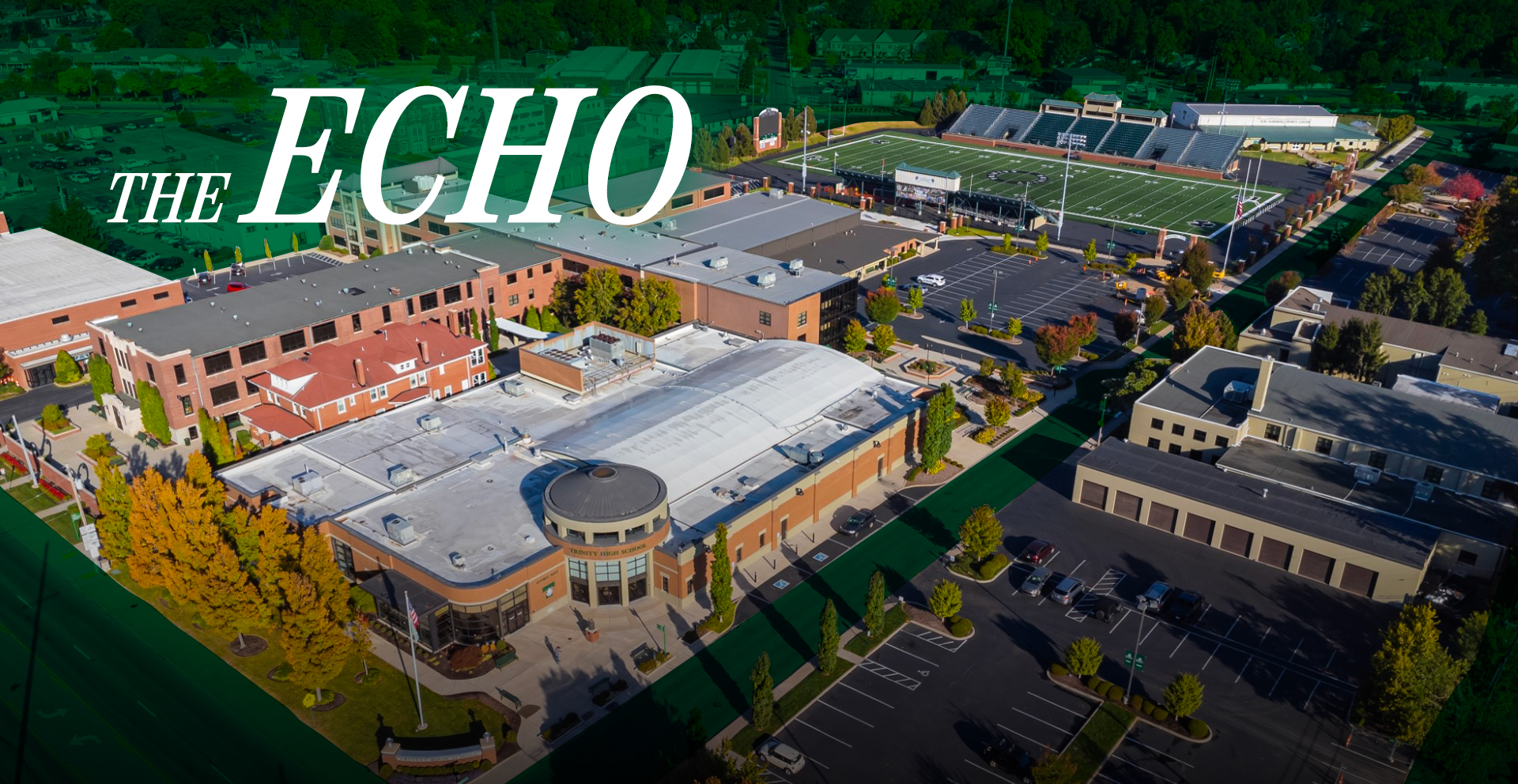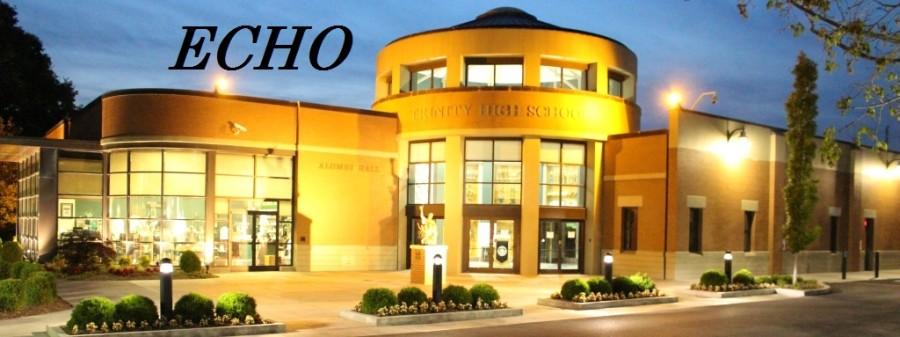A Tropical Science Adventure
October 24, 2016
It was a sticky, hot day of over 100 degrees as Trinity junior Eric Brian stepped out of the airport in Costa Rica. The rain forest landscape probably would have amazed Brian if he could have seen through his sunglasses, which instantly fogged due to the humidity.
Brian, however, soon cleaned his sunglasses and witnessed the stunning beauty of the countryside. After his six-hour flight and early awaking, Brian realized this trip was going to be something else. It was then Brian and his fellow travelers took a winding road to “the middle of nowhere” and settled down at a rain forest research center that would be their home for the next couple of days. This is where the adventure truly began. 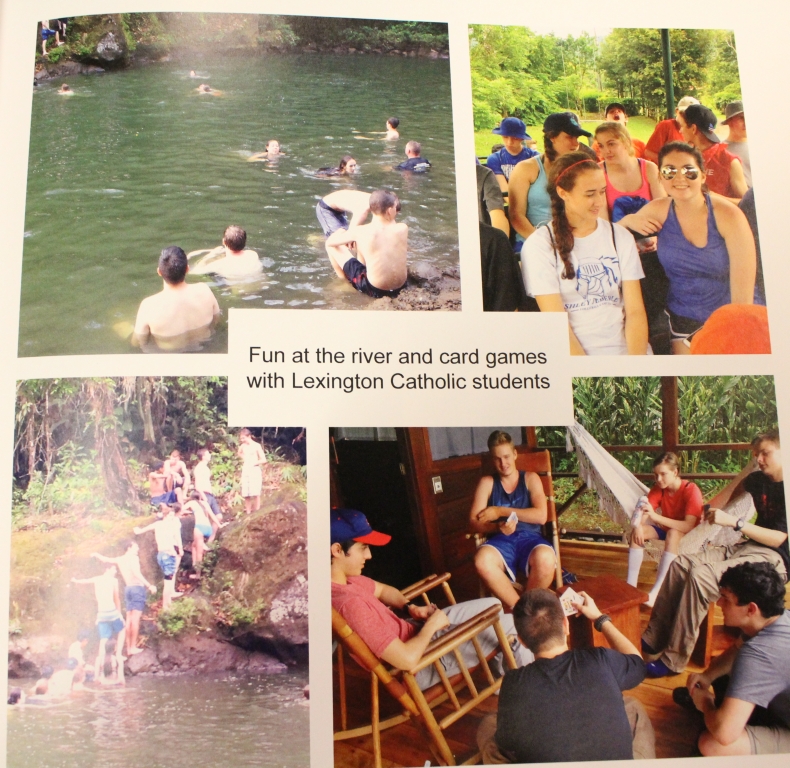
“We were immersed in science,” said Trinity teacher Mr. Patrick Heintz, who coordinated the Costa Rica trip with Trinity teacher/counselor Mrs. Sharon Bohannon.
Heintz introduced the trip to Trinity last year and was determined to take 16 students on this “great new experience.” Heintz said everyone was “amazed by the science.”
Bohannon said, “My first impressions of the place where the niceness of the people and the ruggedness of the rain forest.”
Discussing the day-to-day operations of the trip, Heintz said they stayed in the rain forest for eight days near a functioning chocolate farm. It was there that the fun began.
“The work was really hands-on college-level work, and (the students) had great assistance from professors the whole time,” Heintz said.
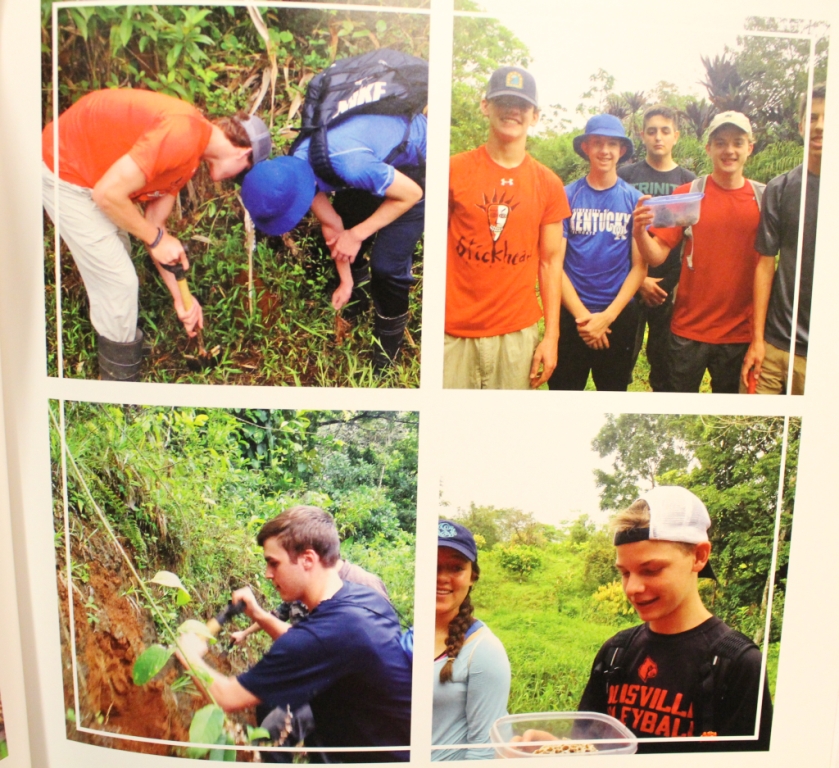
All the students on the trip had to research real organisms in a similar environment to that of a real scientist; for example, one group swabbed organisms and gathered DNA samples, while others studied bacteria on certain animals.
Heintz said he was proud to see all the students conduct real scientific studies and present them to the professors at the end.
“The science really comes to you,” said Heintz about studies conducted on tropical insects that literally went right up to the students.
Later on after the rain forest, for two days the students went to Horazontes, a government-run research center on the Pacific coast of Costa Rica. It was at Horazontes that the research turned to the seas, as the students surveyed sea turtle eggs on the beach and other inhabitants.
“We really learned about the beauty of the biodiversity of the rain forest,” Brian said of his travels. “It was a great new experience.” 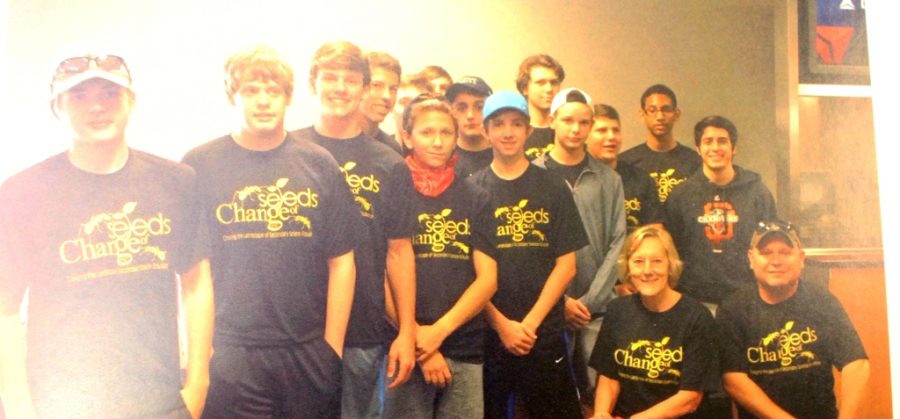
Although the trip had plenty of science, there was also time for some non-scientific activities such as zip lining through the rain forest — very popular among the students — horseback riding, and swimming in volcanic water heated by vents. In fact, almost every afternoon was filled with a fun activity.
The main focus overall, however, was a science-oriented trip that proved to be truly beneficial.
As a college counselor and science teacher, Bohannon expressed her enthusiasm for the trip’s academic benefits as well as its value on college applications.
“This trip is invaluable to kids applying to college. Real-world field-work experience is top-notch for 15- and 16-year-olds. This truly is college level,” Bohannon said. “The professors at the University of Costa Rica even offered to write our students letters of recommendation for colleges.”
Brian, who has an interest in science, especially biology, said, “This trip really is helping direct my thoughts toward my job shadow — and even helping me think about future careers.”
